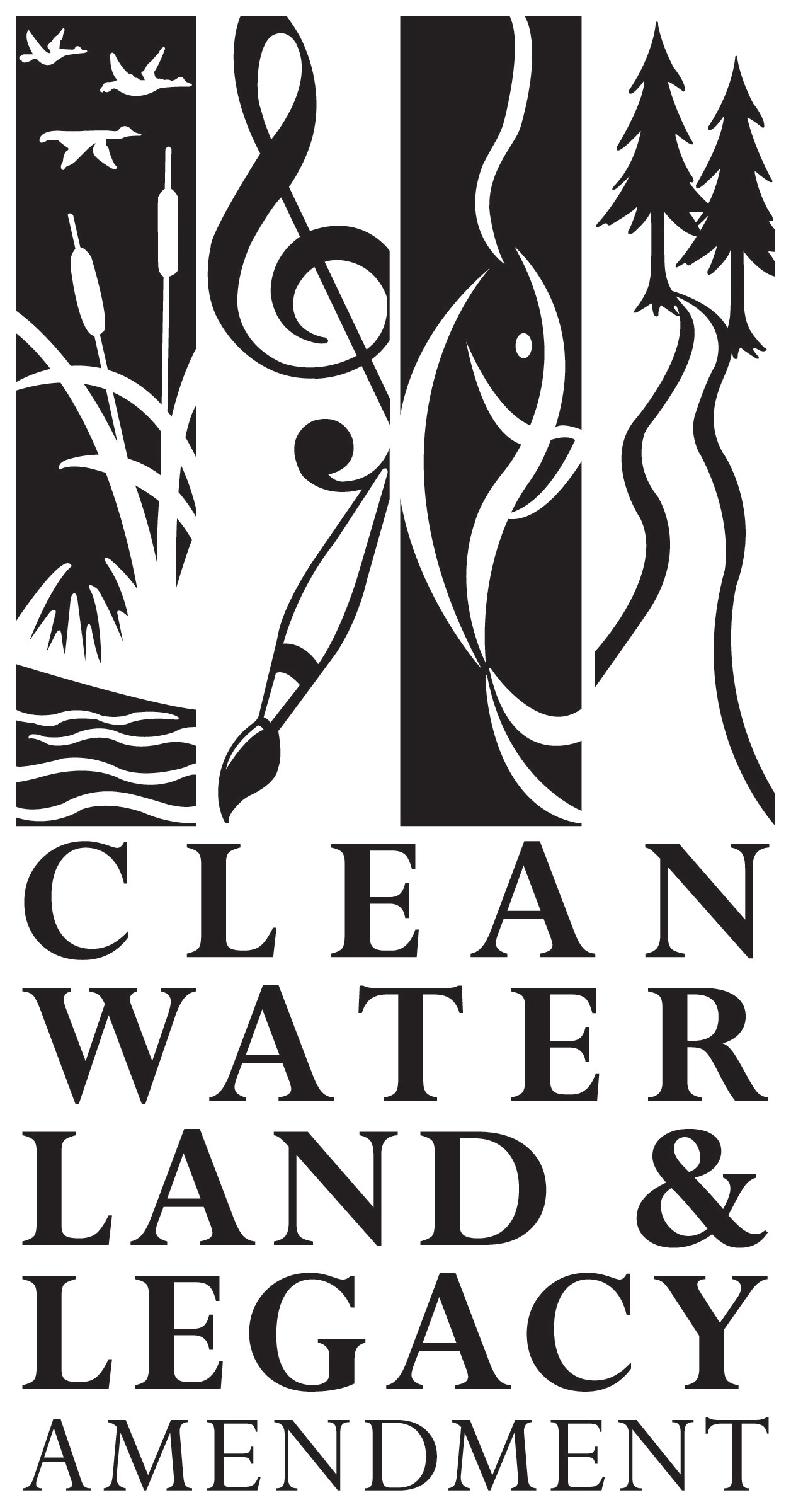notes ^↑^
about these experiments
I was offered a year-long arts residency at the University of MN Duluth Library (April 1, 2024 - May 20, 2025). This came with opportunities to access a rich trove of research materials, generous collaboration from staff, and space for convenings. The library's explicit goal was to expand their reach into the larger community and to facilitate conversation. Together we explored what it meant to build knowledge and artistic expression in the age of Large Language Model Artificial Intelligence (LLM AI).
While looking into DYI methods to bundle my video work into the Digital Cinema Package (DCP) format required by many movie theaters, I became more interested in the transparency of the package concept itself ::: a folder containing an image sequence (which become the frames in the film), sound files, an index describing the parts included in the folder and possible other items like captions.
I built a hand-coded, frame-by-frame construction that could be published to films, books, or print series. I also started to experiment with having more granular control of tweening between "pages" in a book to create motion graphics. I prototyped this by generating hundreds of DCP-inspired containers that held the code (algorithm and chance-infused parameters), images, sound, print book and web index.
Instead of video created by proprietary software tools (now often laced with AI), I wanted to prototype a deconstruction / blueprint of ingredients that could be published into multiple static or temporal artifacts. Currently, there is much discussion about how to archive new media. I have developed a way to do that by including the hand-coded, text-based, human-readable algorithmic instructions for the drawings/film frames/book illustrations, Oulipo-like text and sound weavings. I wanted to leave a seed bank of sorts (the code) along with its resultant canned goods (prints/bound books/hypertext books/sound/film) ::: to archive the verbs and nouns that resulted from my experiments.

